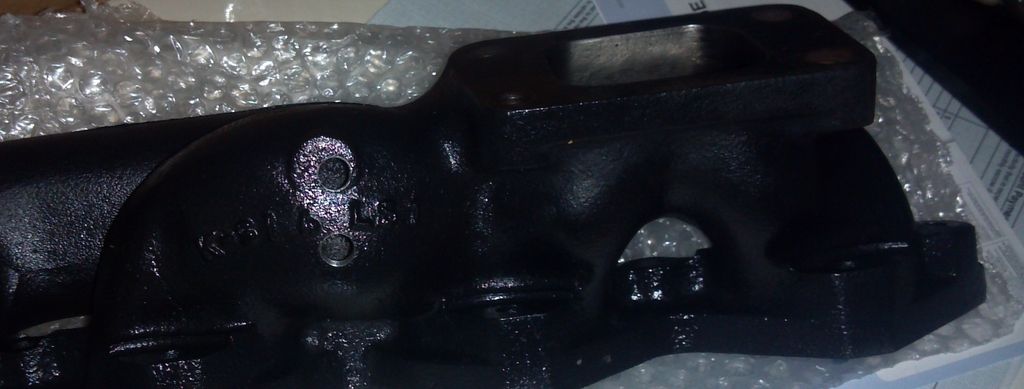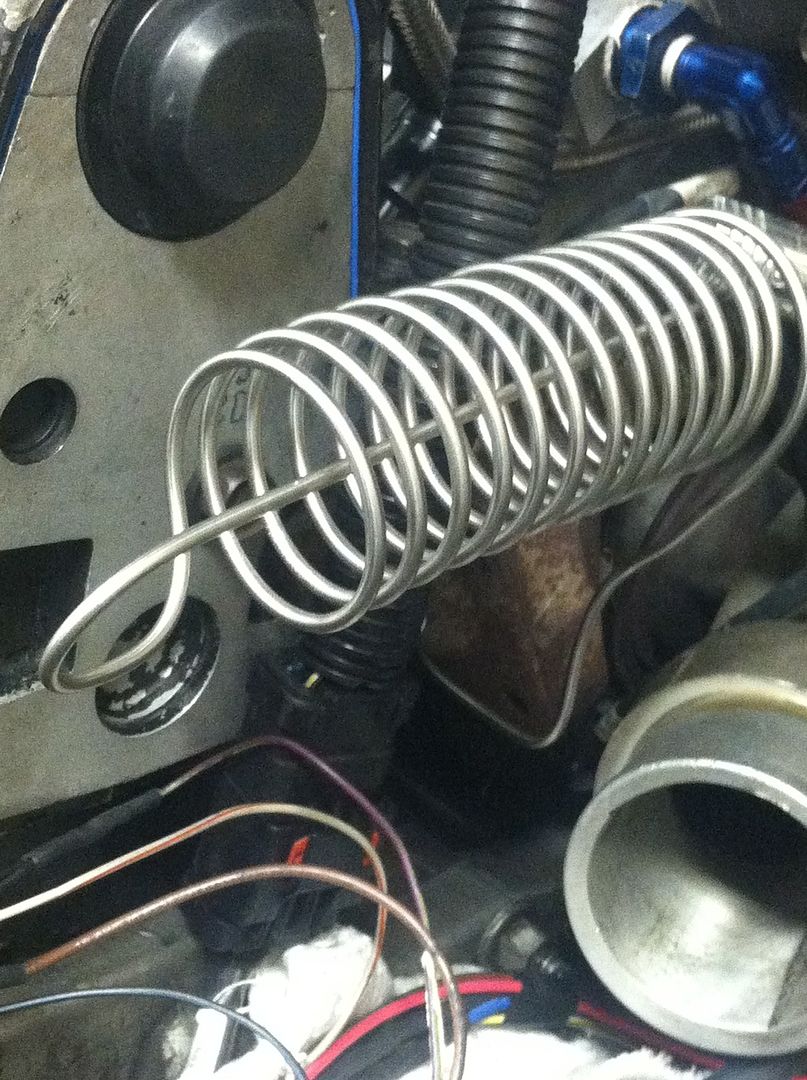I have a ported exhaust manifold on the way from LWP/ FWD. I want to add a 1/4 npt hole into my manifold so i can get a pressure reading out of it. I want to see what the drive pressure on my set up is. Ported T3 manifold, HE341, Jackson's 3" Down pipe, 3" Straight back exhaust. I want to see if my exhuast is free flowing enough or a 4" downpipe and cutout are in my future.
Where should I put my fitting? I have a 1/4 NPT to 1/4 Stainless Steel compression fitting on on the way so I need to tap a 1/4 npt hole into my manifold.



 Reply With Quote
Reply With Quote












